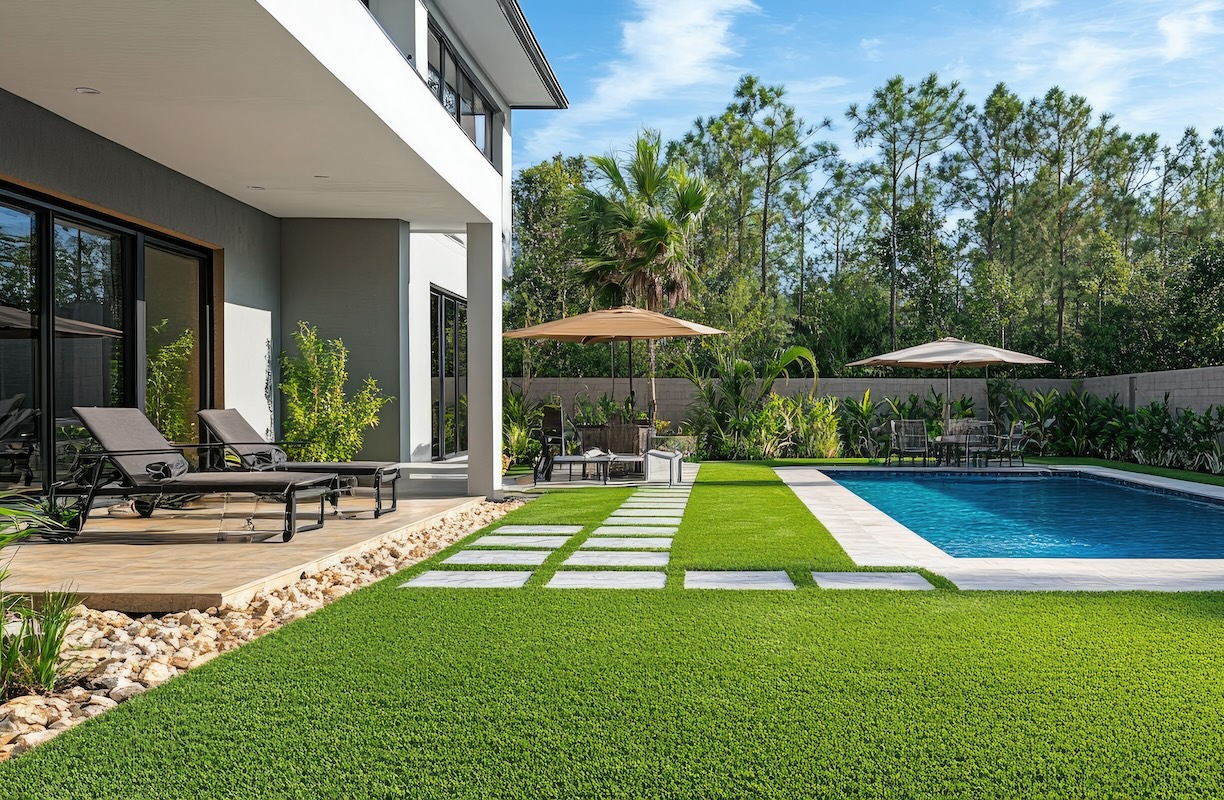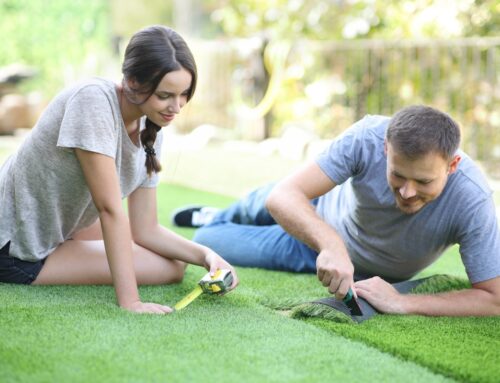Last Updated on October 8, 2025 by ReTurf
So, you’re thinking about getting synthetic grass for your yard. Maybe your grass isn’t growing the way you want, or you’re just sick of mowing, watering, and fighting weeds every summer. I get it—life’s busy, and keeping up with natural grass can feel like another full-time job.
But now you’re staring at this big question: should you spring for brand-new synthetic turf, or should you look at repurposed synthetic turf? Both have their pros and cons, and the answer depends on your budget, your priorities, and, well, how particular you are about your lawn.
Semantics: “Recycled” vs “Repurposed”
Let’s clear up something that throws a lot of folks for a loop—recycled and repurposed. At first glance, they might seem like two ways of saying the same thing, but there’s a pretty big difference once you break it down.

When we talk about recycled synthetic turf, the key idea is that the material has been processed and transformed into something else. Picture an old turf field being shredded, melted down, or broken apart into raw materials. Those materials might get used to make new turf or something entirely different. Recycling is about breaking it down to build something up again.
It’s a great way to reduce waste, but it’s more involved and usually takes the turf out of its original form.
While recycling artificial grass typically means breaking it down into raw materials to create something entirely different, there are a few rare cases where turf products are specifically designed to be recycled or even made from 100% recyclable materials. These are the unicorns of the turf world—not something you see every day, but they’re out there. The key difference with these recyclable turf products is that they’re engineered from the start with their end-of-life in mind. Instead of a standard turf backing made with mixed materials that are hard to separate, these products use single-material designs or special construction methods. This makes it easier to break them down and reuse the components.
Now, repurposed synthetic turf has a slightly different meaning. Instead of tearing it apart and starting over, you’re giving the turf a new lease on life as it is. Some repurposed synthetic turf might’ve been part of a soccer field or even a football stadium, but now it’s rolled up, cleaned, and ready to become someone’s backyard or dog run.
The beauty of repurposing is that it’s quick, straightforward, and doesn’t involve extra processing—what you see is what you get.
Think of it like this: if recycled turf is like melting down aluminum cans to make a new bike, repurposed turf is more like taking an old bike, fixing it up, and riding it again.
Both have their place, but repurposed turf tends to be faster, cheaper, and more accessible for most folks looking for a budget-friendly way to go green.
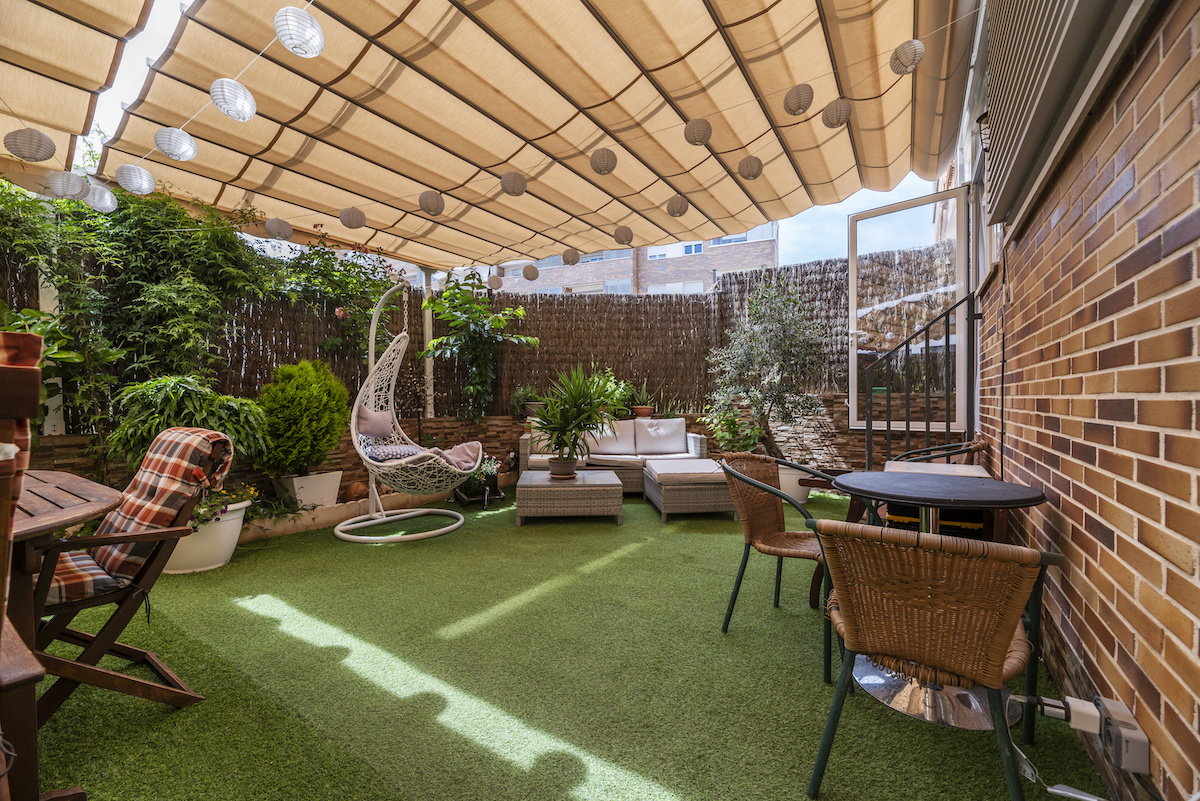
It’s funny: when it comes to repurposing fake grass, you’d be amazed at how many ways folks refer to the same thing. While we call it used turf, you might hear it labeled differently depending on who’s talking. Some people prefer terms like repurposed synthetic turf or reclaimed turf, which have a nice ring to it—makes you think of something rescued and given a second chance, right? Then there’s recycled turf, which sounds a bit more like it’s been through a high-tech process, even though it’s usually just thoroughly cleaned, trimmed, and ready to go.
But wait, it gets better. Some folks go for more down-to-earth names like scrap turf or junk turf, though I think those don’t quite do it justice. Sure, it might’ve come off a sports field, but this stuff’s still got plenty of life left in it. You might also hear it called salvaged turf or even seconded turf, which to be fair, do hint at its sustainable aspects. (And that’s not including remnant turf—AKA turf remnants—which includes new pieces that are simply “leftover.”)
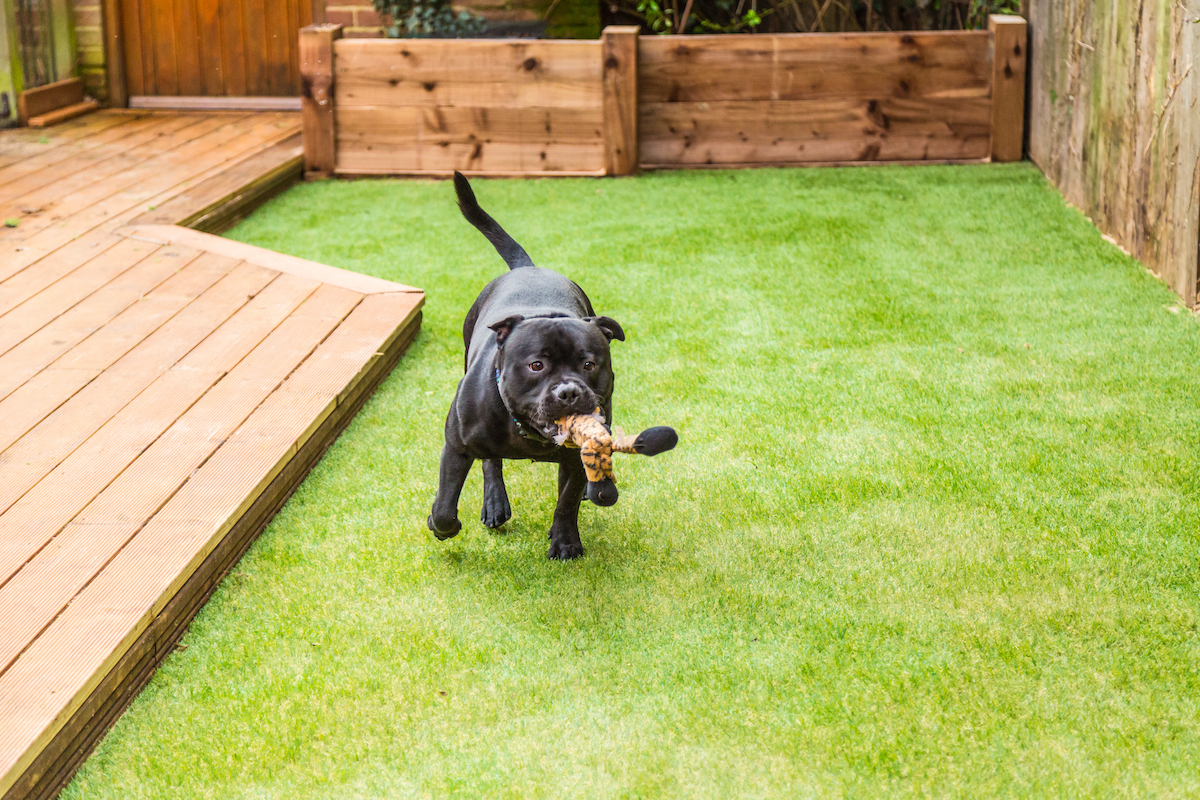
At the end of the day, all these terms point to the same idea—turf that’s been used before but is still perfectly good for a variety of new projects.
Whether you’re calling it repurposed, recycled, or salvaged, it’s a budget-friendly and eco-friendly way to get that green lawn you’ve been dreaming about. Whatever name you prefer, you can bet we’ve got it ready for your next project.
The Case for New Synthetic Turf

If you’re after that pristine, just-installed look and feel, new synthetic turf is where it’s at. There’s nothing quite like rolling out a fresh, clean sheet of artificial grass that’s never seen a cleat, a lawn chair, or a hot summer sun. You get full control over the style, pile height, and even the color. Plus, when you buy synthetic grass brand new, it may come with a warranty—which can be a nice safety net if anything goes sideways.
Here’s where the cost comes in, though. Brand new synthetic grass naturally isn’t as cheap as pre-owned artificial turf. If you’re looking for the best price for synthetic grass, you’ll find there’s a wide range depending on the quality, brand, and type.
High-end turf designed for athletic fields or landscaping can run you a pretty penny. But for some folks, that extra expense is worth the peace of mind and the guarantee of getting exactly what they want.

And don’t forget the infill. Whether you’re laying turf on a putting green, a backyard, or a dog run, you’ll need infill to keep the blades standing up and looking natural. Options like silica sand or crumb rubber can work well. The cheapest infill for artificial grass might save you some money upfront, just keep an eye on quality.
Why Repurposed Synthetic Turf Can Be a Smart Buy

Now, let’s talk about the underdog here—repurposed synthetic turf. This stuff is usually salvaged from sports fields, playgrounds, or other large-scale installations where the turf gets replaced before it’s worn out. You might be thinking, “Why would I want someone else’s old fake grass?”—but hear me out.
Repurposed turf for sale is often a fraction of the cost of new synthetic grass. If you’re hunting for cheap turf grass or discount synthetic grass, this is where you’ll find the real deals. It works well for anyone on a tight budget or those who don’t need a showroom-perfect lawn. Sure, it might have some wear—maybe a scuff mark or two in a spot you’ll never notice—but it’s still functional, durable, and a heck of a lot easier on the wallet.
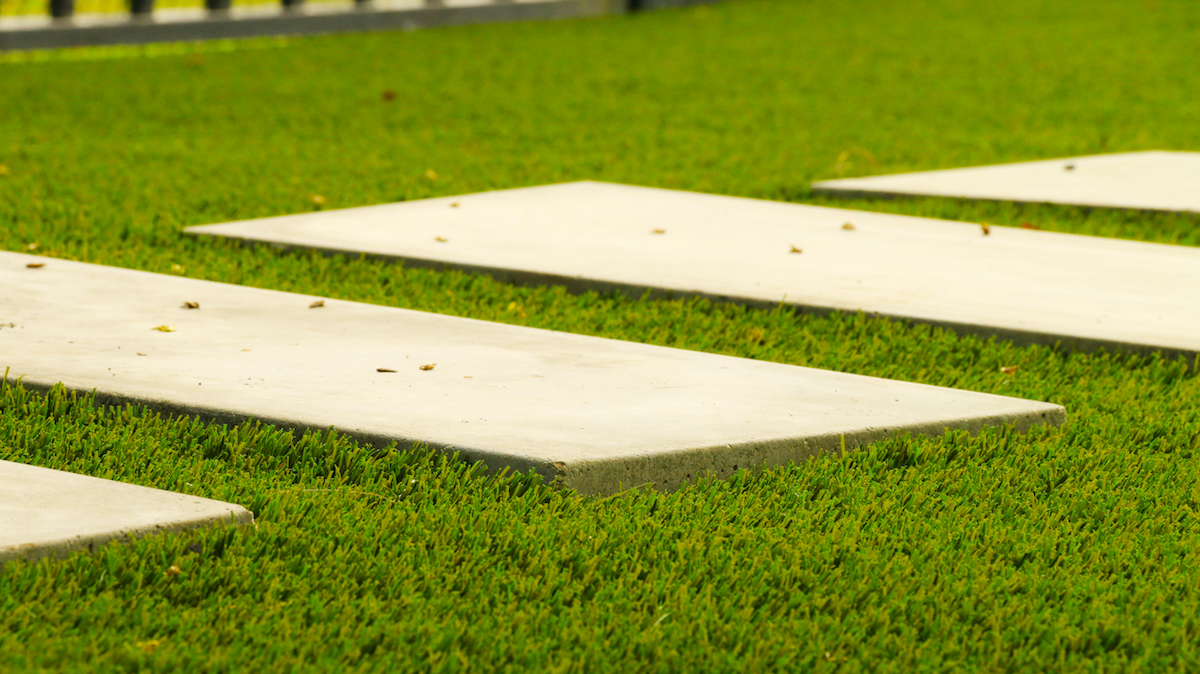
One of the big perks is that it’s an eco-friendly option. By choosing repurposed synthetic turf, you’re keeping tons of material out of landfills and giving it a second life. That’s a win-win if you care about sustainability.
If you’re worried about availability, you can often find “recycled synthetic turf near me” with a quick online search or by checking with local suppliers. You’d be surprised how much repurposed turf is out there, especially with all the sports fields constantly upgrading to newer systems.
Cost Comparison: New vs. Repurposed Turf

When it comes to pricing “faux grass,” it’s important to keep in mind that costs can vary quite a bit depending on what you’re looking for. These numbers are just ballpark figures to give you an idea—they’re not set in stone. Factors like brand, features, and even how the turf is shipped can make a big difference in the final price tag.
- New Synthetic Grass: You’re paying for quality, custom options, and warranties. Just as an example, you might spend $5 to $10 per square foot, but this can vary widely depending on the brand and features.
- Repurposed Synthetic Grass: Prices for used turf can be extremely low—lower than many people think. Some suppliers, like ReTurf, have even mastered ways of lowering the shipping costs for artificial turf. This option can work great for folks needing cheap artificial grass but who still want a durable, high-quality, long-lasting product.
Remember that even if you go for repurposed turf, you’ll still need to account for installation costs and infill. Finding the cheapest infill for artificial grass can help keep overall costs down, but remember that cutting corners at the actual installation stage can sometimes result in issues down the line.
There are Tons of Ways to Repurpose Used Artificial Turf
|
|
With just a little bit of creativity, the uses for repurposed artificial turf are pretty much endless!
What’s the Best Choice for You?
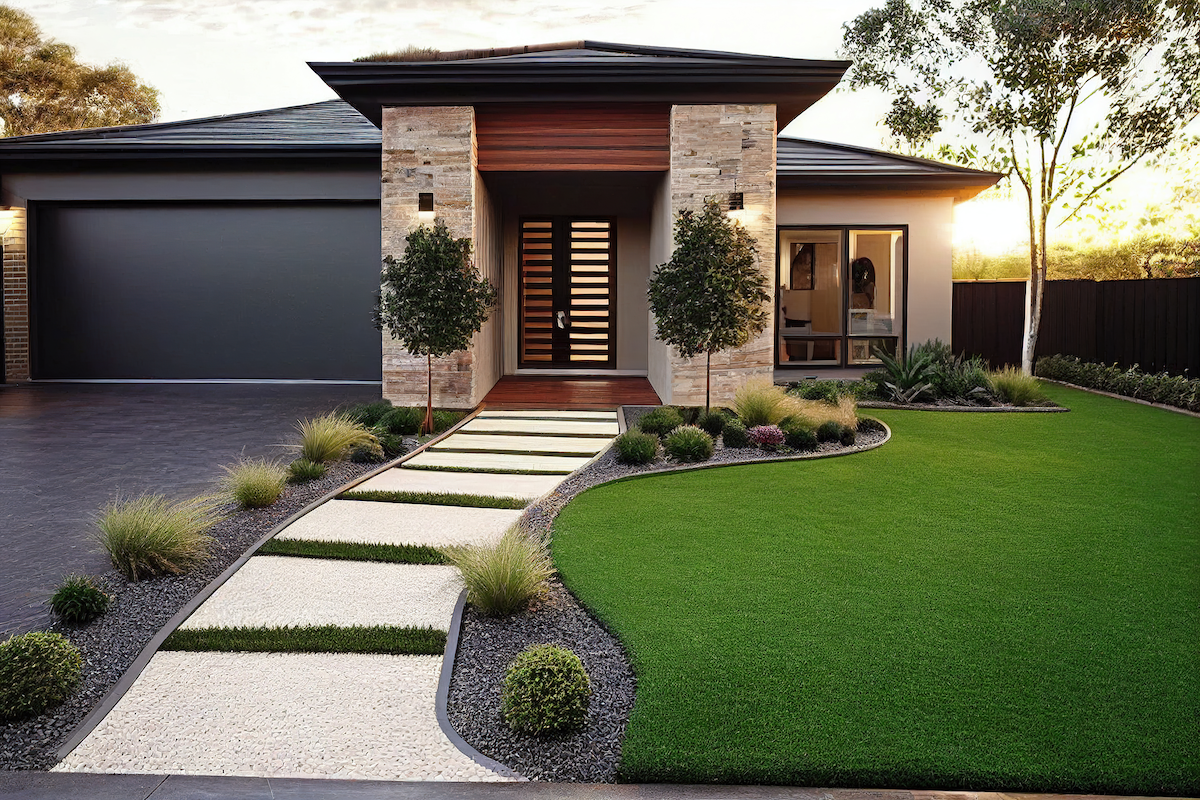
This really comes down to your priorities. If your vision requires a flawless, brand-new lawn, then buy synthetic grass new and don’t look back.
But if you’re the kind of person who loves a good deal, doesn’t mind a little character in their turf—which can actually help to give it an appearance of realistic-looking turf—and wants to go easy on the environment, repurposed, unmarked synthetic turf can still be an excellent choice.

Whether you’re buying new or used, take your time to compare options. Look for synthetic grass for sale both locally and online to find the best price for synthetic grass. Check reviews, ask about warranties, and make sure you know what you’re getting into with installation and upkeep.
Final Thoughts
New or used, artificial turf is a game-changer for anyone looking to ditch the hassle of a natural lawn. With options ranging from premium new installations to budget-friendly repurposed turf for sale, there’s something for everyone. Just make sure you’re clear about what you want—and what you’re willing to spend.
Ready to tackle your project with repurposed or recycled synthetic turf? We’re here to help! Whether you’ve got questions, need advice, or just want to chat about your DIY plans, the team at ReTurf is ready to lend a hand.
Give us a call at (828) 518-5787 or send us an email—no pressure, just straightforward answers and friendly advice. Let’s make your project a success together!

